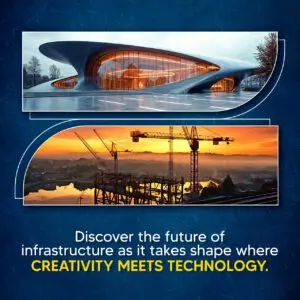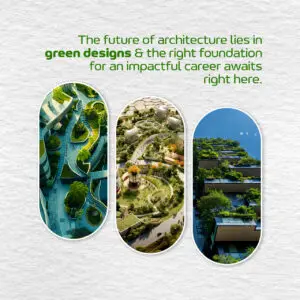
Architects do not only create; they conserve as well. Architectural conservation is an important element in the realm of modern architecture. Although it has been promoted for years now (the preservation of ancient structures specifically gained momentum during the 18th and 19th centuries), it finds great relevance in the current context of the world.
What is architectural conservation?
By definition, it ‘describes the process by which the material, historical and design durability of man-built architectural history is prolonged to last longer and be able to sustain difficult conditions or be kept sustainable in general’. Architectural heritages need preservation to escape the side effects caused by natural disasters like earthquakes and floods as well as simple changes in climate. Pollution and climatic changes, too, wreak havoc when it comes to heritage architecture. Even tourism sometimes proves to be extremely destructive to architectural marvels – tourists bring in greater humidity and water presence, resulting in erosion and damage. The ‘Egyptian Tomb of Seti’ and the ‘Pyramids at Giza’ are examples of heritage landmarks that have been adversely affected by the increase in tourism.
Conservation techniques
The primary step for any conservation project is a sensitive assessment of the history and merits of the concerned site or building. Upon completion of the assessment, a thorough measured survey with a tape, rod and level is conducted. Modern methods like photogrammetry (the use of aerial photographs) are also used.
Some of the commonly-employed methods of conservation used by architects involve the following:
- Preservation: This essentially involves retaining all the materials added to a building during its lifetime and work is only completed when it is ‘essential to prevent deterioration of the site’.
- Rehabilitation: This ‘emphasizes the retention and repair of historic materials but more latitude is provided for replacement because it is assumed the property is deteriorated more before work’.
- Restoration: In this process, architects focus on the retention of materials from the most significant time in a property’s history, while permitting the removal of other materials from other periods.
- Reconstruction: This process establishes ‘limited opportunities to recreate a non-surviving site, landscape, building, structure or object in all new materials.’
Building a better tomorrow
Since its inception in 2010, the NAAC-accredited and MAKAUT-affiliated OmDayal Group of Institutions has emerged as one of the leading architecture colleges in West Bengal. The institute boasts of strong management, experienced faculty members and a robust learning environment.
The full-time B.Arch course offered by us, completely at par with global standards, has been generating top-notch architects since its introduction in the year 2012. It is approved by AICTE and COA respectively to ensure the students can build a solid foundation in the subject. The course aims to take the education of architecture beyond the realms of buildings and propel it into developing a sustainable future. Our students are trained to question the pre-supposed and seek novel and contemporary solutions in line with the modern tenets of architecture.
For more information, visit www.omdayal.com.




